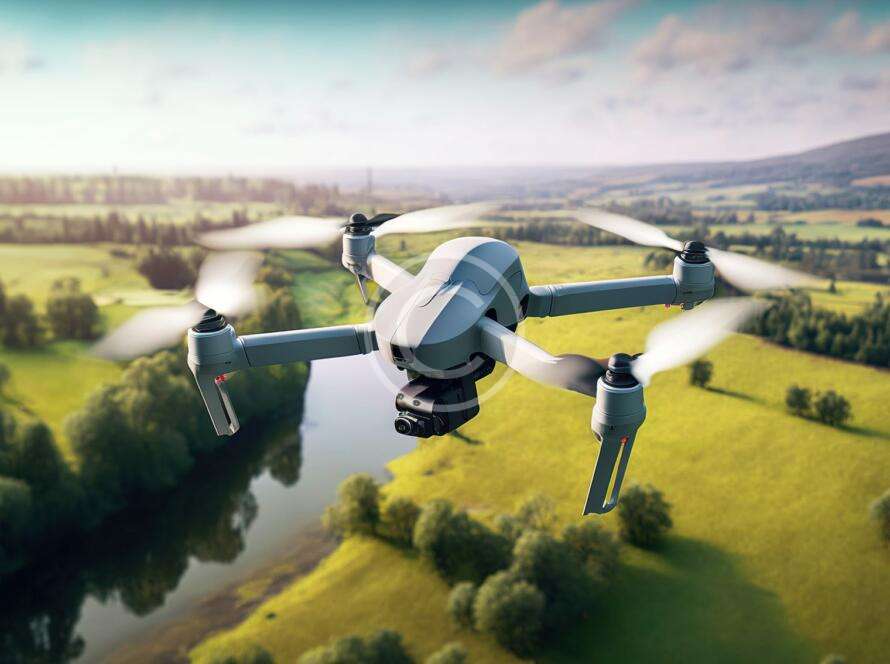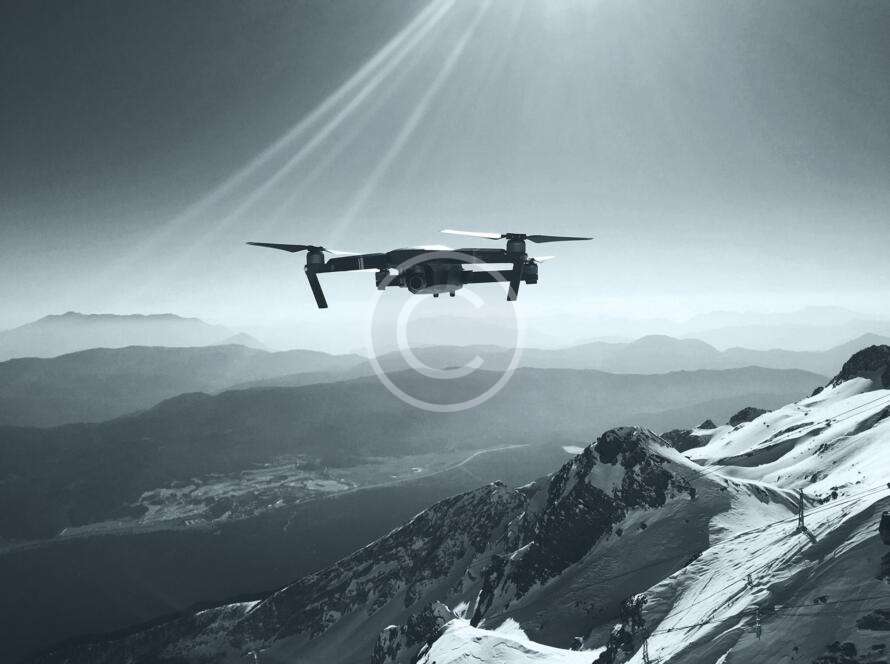Understanding Drone Swarms: A New Frontier in Aerial Technology
Drone swarms represent a groundbreaking advancement in unmanned aerial vehicle (UAV) technology, where multiple drones operate collaboratively to achieve specific objectives. This innovative approach draws inspiration from natural phenomena, such as the coordinated movements of flocks of birds or schools of fish. In this article, we will explore what drone swarms are, how they function, their applications, and the challenges they face.
What is a Drone Swarm?
A drone swarm is a group of UAVs that work together as a unified entity. These drones communicate in real time, share data, and synchronize their movements to perform tasks efficiently and effectively. The size of a drone swarm can vary significantly, ranging from just a few drones to hundreds or even thousands.
Key Features of Drone Swarms
- Autonomy: Many drone swarms operate with minimal human intervention, utilizing advanced algorithms for decision-making and coordination. This autonomy allows them to adapt to changing conditions and execute complex missions.
- Real-Time Communication: Drones within a swarm communicate continuously, sharing information about their positions and statuses. This communication is crucial for maintaining coordinated flight patterns and achieving mission objectives.
- Scalability: The swarm can be easily expanded by adding more drones, enhancing its ability to cover larger areas or perform more intricate tasks.
- Redundancy: If one drone fails or is lost, the remaining drones can adjust their roles to continue the mission without significant disruption.
Applications of Drone Swarms
Drone swarms have a wide range of applications across various sectors:
- Military Operations: Swarm drones enhance military capabilities through improved reconnaissance, electronic warfare, and coordinated strikes. They can gather data over large areas while minimizing risk to human operators.
- Agriculture: In farming, drone swarms can monitor crop health, identify disease outbreaks, and assist in planting and treating crops. Their ability to cover vast fields quickly makes them invaluable for precision agriculture.
- Disaster Response: During emergencies such as natural disasters, drone swarms can be deployed for search and rescue operations or to deliver supplies. They can cover large areas rapidly and provide real-time data to responders on the ground.
- Entertainment: Drone light shows are becoming increasingly popular as an alternative to traditional fireworks. These performances utilize synchronized drone swarms to create stunning visual displays in the night sky.
- Infrastructure Inspection: Swarm drones can be used for inspecting large infrastructure projects like bridges and power lines. Their ability to operate simultaneously allows for thorough assessments in less time than traditional methods.
Challenges Facing Drone Swarms
Despite their potential, several challenges must be addressed for drone swarm technology to reach its full potential:
- Communication Interference: Maintaining reliable communication among numerous drones can be complicated. Interference from external sources or environmental factors may disrupt operations.
- Battery Life: Current battery technology limits the operational time of drones. Developing longer-lasting batteries is crucial for extending the range and capabilities of drone swarms.
- Cybersecurity Risks: As with any connected technology, drone swarms are vulnerable to hacking or unauthorized control. Ensuring robust cybersecurity measures is essential to prevent malicious use.
- Regulatory Hurdles: Many countries have strict regulations governing UAV operations. Navigating these regulations while promoting innovative uses of drone swarms presents ongoing challenges.
Conclusion
Drone swarms represent a transformative leap in UAV technology with the potential to revolutionize various industries. By leveraging the collective power of multiple autonomous drones, they offer unparalleled efficiency, scalability, and versatility across military, agricultural, emergency response, and entertainment sectors. As advancements continue in communication systems, battery technology, and artificial intelligence algorithms, the applications and capabilities of drone swarms will likely expand further—providing innovative solutions to complex challenges while enhancing safety and operational effectiveness.


